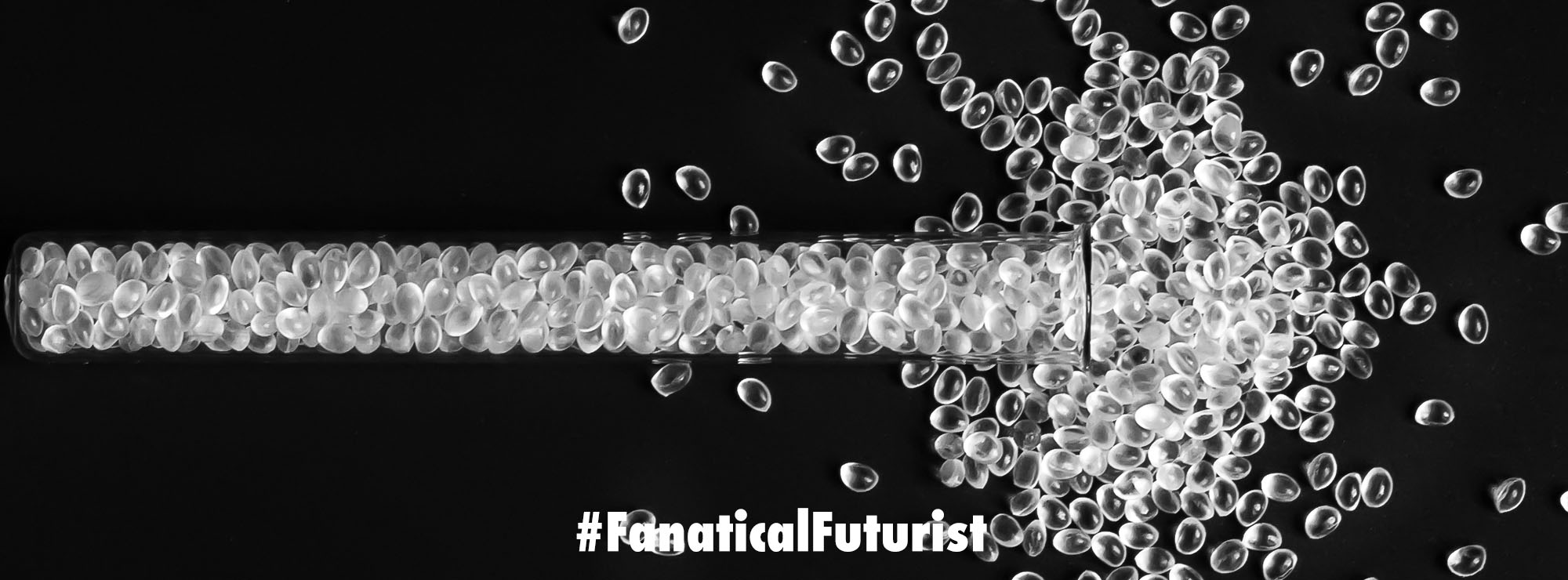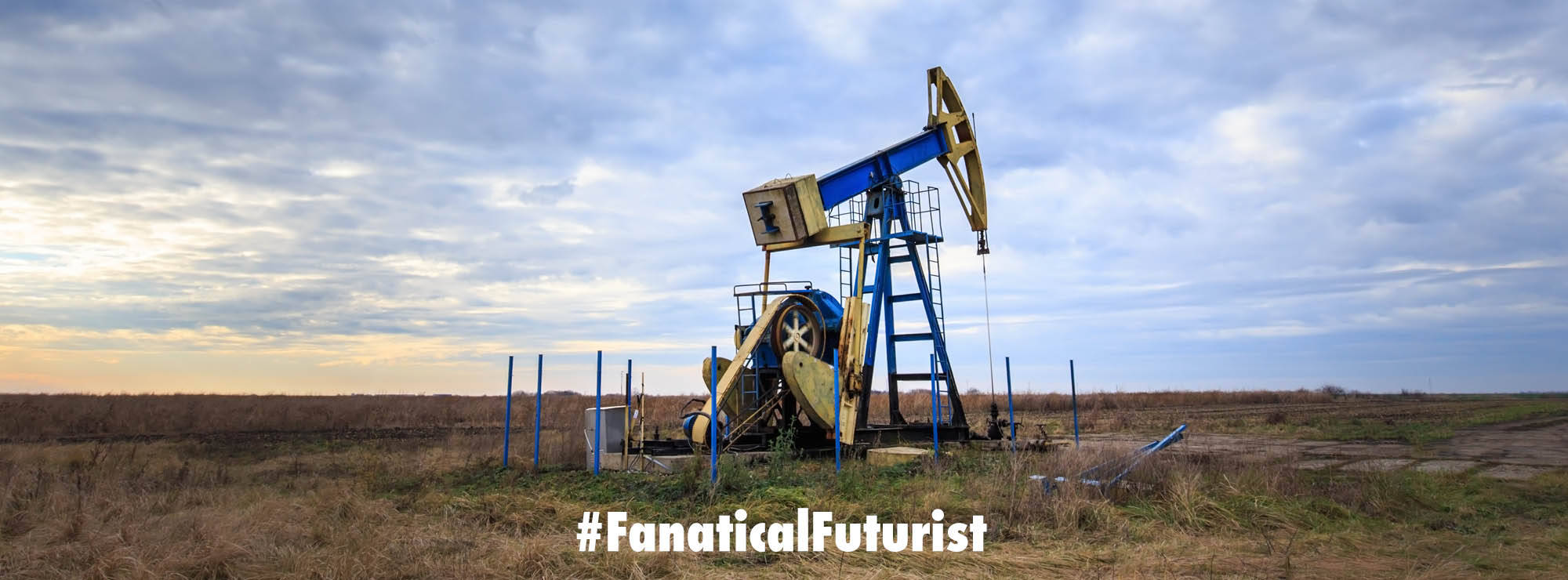WHY THIS MATTERS IN BRIEF
Europe’s energy grid suffered a massive black out because of synchronisation problems, and China’s trying to prevent that from happening to its own grid.
 Love the Exponential Future? Join our XPotential Community, future proof yourself with courses from XPotential University, read about exponential tech and trends, connect, watch a keynote, or browse my blog.
Love the Exponential Future? Join our XPotential Community, future proof yourself with courses from XPotential University, read about exponential tech and trends, connect, watch a keynote, or browse my blog.
Recently we saw European energy grids in Spain and France fail catastrophically because of heat variations, synchronisation failures, cascading failures, and multiple simultaneous generator disconnections. And now, for the first time the Chinese government has shown off how their power grid “wields a futuristic safeguard” against catastrophic collapses – a quantum-powered, all-seeing “Diamond ring” capable of detecting grid instability in real time with unprecedented precision.
The breakthrough, inspired by the quantum properties of diamond sensors, arrives as nations worldwide grapple with blackouts triggered by renewable energy volatility and ageing infrastructure.
The urgency was underscored in April, when sweeping outages paralysed Spain, Portugal and France after grid oscillations severed Spain from Europe’s interconnected network. Similar chaos also struck China’s Xinjiang region last year, when solar and wind fluctuations destabilised local grids.
Such incidents highlight a critical challenge – as renewables dominate energy transitions, their weather-dependent unpredictability strains traditional monitoring systems.
Designed by a team from the University of Science and Technology of China (USTC) in collaboration with the State Grid Corporation, China’s “diamond ring” – a toroidal or ring-shaped device embedding nitrogen-vacancy quantum sensors – acts as a high-precision sentinel for power lines.
By detecting magnetic field changes with 0.05 per cent accuracy across extreme temperatures and currents, it spots dangerous oscillations before they cascade into disaster. Successfully tested at a 110kV substation, the innovation mirrors China’s broader push to armour its grid.
Earlier this year, the world’s first ultra-high-voltage quantum sensor debuted in southwest China’s Liuzhou, showcasing unprecedented resilience. Together, these quantum tools form a new line of defence, blending China’s massive infrastructure with cutting-edge science to keep the lights on in an era of energy upheaval.
For any power grid to function reliably, it must maintain a stable frequency. Sudden fluctuations can trigger oscillations – AKA chain reactions that jeopardise the entire system.
One common trigger is the abrupt addition or removal of large electrical loads, which disrupts the balance between generation and demand, potentially leading to cascading failures.
To address this, a team led by Professor Guo Guangcan, a member of the Chinese Academy of Sciences (CAS) working at USTC, in collaboration with the State Grid Anhui Electric Power Research Institute and Guosheng Quantum, a company specialising in quantum technology applications, developed a Quantum Current Transformer (QCT).
The results were published in the peer-reviewed journal APL Photonics in May.
The QCT features four fibre-integrated diamond sensors arranged uniformly in a toroidal magnetic shielding loop, hence its nickname, the “diamond ring.” At its core is the quantum property of nitrogen-vacancy (NV) centres in diamond.
These NV centres possess highly sensitive quantum states that react to minute environmental changes, such as variations in magnetic or electric fields. Also, their long coherence times allow stable, high-precision sensing over extended periods. By embedding the diamond sensors and optical fibres in a magnetically shielded ring, the device measures current non-invasively through magnetic field detection.
Through a series of design optimisations, the team significantly improved the signal-to-noise ratio, expanded the dynamic range of current measurement and minimised temperature-related errors.
In lab tests, the QCT showed impressive accuracy – achieving a maximum current measurement accuracy of 0.05 per cent over a highly linear range of 0-1000 amperes.
The device was successfully deployed in a 110kV substation in Hefei, Anhui province, enabling real-time monitoring of alternating current and validating the practical potential of quantum sensing technology in power grid applications.
“This QCT provides a robust and scalable platform for quantum current sensing in high-voltage transmission,” said Zhang Shaochun, the paper’s first author and an associate researcher at the CAS Key Laboratory of Quantum Information. “It also simplifies operational and maintenance complexity.”
In a related development earlier this year, the world’s first ±800kV ultra-high-voltage direct current quantum sensor, led by China Southern Power Grid, passed national product certification. Its overall technical performance reached a globally leading level.
Installed in the industrial city of Liuzhou in April, this sensor leverages quantum features to measure currents ranging from milliamperes to tens of thousands of amps across a wide temperature range of minus 40 degrees Celsius (minus 40 degrees Fahrenheit) to 85 degrees – an essential capability for securing ultra-high-voltage DC transmission lines.
“These techniques offer a compatible, minimally invasive solution for current metering, equipment status detection and ensuring the safety of long-distance power transmission,” Zhang added.















